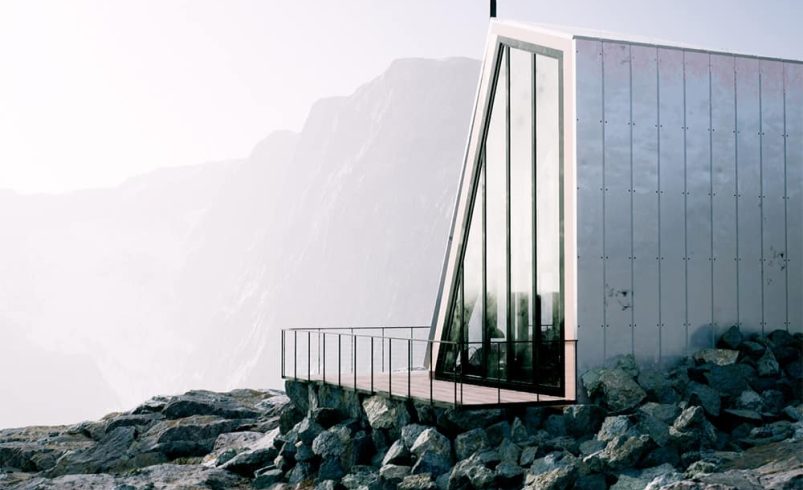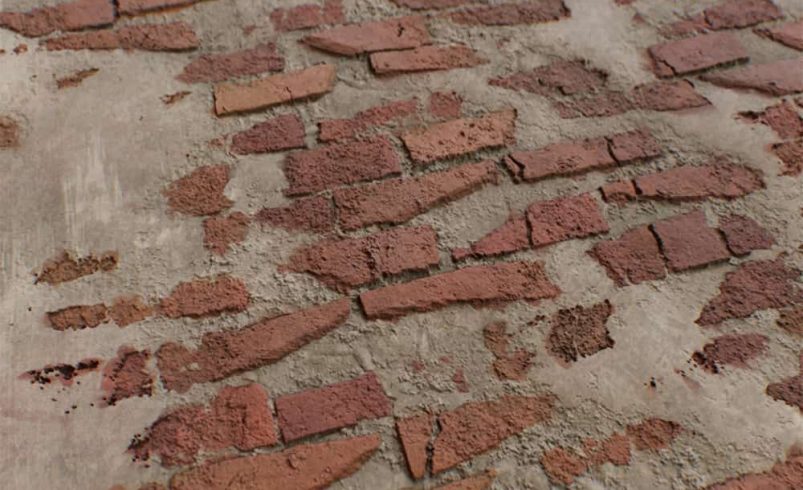
Are you looking to add some textures and depth to your design projects? Check out these free asphalt textures that are perfect for adding a gritty, urban feel to your designs. Download them now and start creating!
If you’re looking for free asphalt textures to use in your design projects, there are many resources available online. These textures can be used in a variety of design projects, such as website backgrounds, posters, and flyers. When using asphalt textures, it’s important to consider the overall aesthetic of your design and choose a texture that complements it. Whether you’re going for a grungy, urban look or a more polished and refined feel, there’s an asphalt texture out there that can help you achieve your desired effect.
When it comes to using asphalt textures in your designs, there are a few things to keep in mind. First, consider the resolution of the texture. Higher resolution asphalt textures will provide more detail and clarity, but may also take up more memory and slow down your design software. Second, think about the color and tone of the texture. Textures can range from dark black to light gray, so choose a texture that matches the color scheme of your design. Finally, experiment with blending modes and opacity to achieve the desired effect. By playing around with these settings, you can create a unique and eye-catching design that incorporates the gritty and realistic feel of asphalt textures.
What are asphalt textures?
Asphalt textures are digital images that mimic the appearance and texture of asphalt. They can be used in design projects to add a realistic and gritty feel to backgrounds, text, and other elements. These textures can range from smooth and uniform to rough and cracked, depending on the desired effect. By incorporating asphalt textures into your designs, you can add depth and interest to your work.
Why are asphalt textures useful in design?
Asphalt textures are useful in design because they add a sense of realism and texture to digital images. They can be used to create backgrounds, text, and other design elements that look like they were photographed or created in the real world. This can help to make designs more engaging and visually interesting, and can also help to convey a particular mood or atmosphere. Additionally, using asphalt textures can save time and effort in creating realistic backgrounds or textures from scratch.
Where can you find free asphalt textures?
There are websites that offer asphalt texture for download. Popular options Lotpixel.com. These site offer a variety of asphalt textures in different colors, styles, and resolutions, so you can find the perfect texture for your design needs. Additionally, many graphic design software programs, such as 3dsmax, Maya, Unreal Engine, Blender and Unity, offer built-in texture libraries that include asphalt textures.
How can you use asphalt texture in your designs?
Asphalt textures can add a sense of realism and depth to your designs, particularly those that involve urban or industrial themes. They can be used as backgrounds, overlays, or as part of a larger texture composition. For example, you could use an asphalt texture as the background for a poster promoting a music festival or as an overlay on a website header to give it a gritty, urban feel. The possibilities are endless, so experiment with different textures and see what works best for your design.
Tips for incorporating asphalt texture into your designs.
When incorporating asphalt texture into your designs, it’s important to consider the overall theme and mood you want to convey. For example, a rough and gritty texture may work well for a streetwear brand, while a smoother texture may be more appropriate for a high-end fashion brand. Additionally, consider the color palette of your design and choose an asphalt texture that complements or contrasts with it. Finally, experiment with blending modes and opacity levels to achieve the desired effect.





